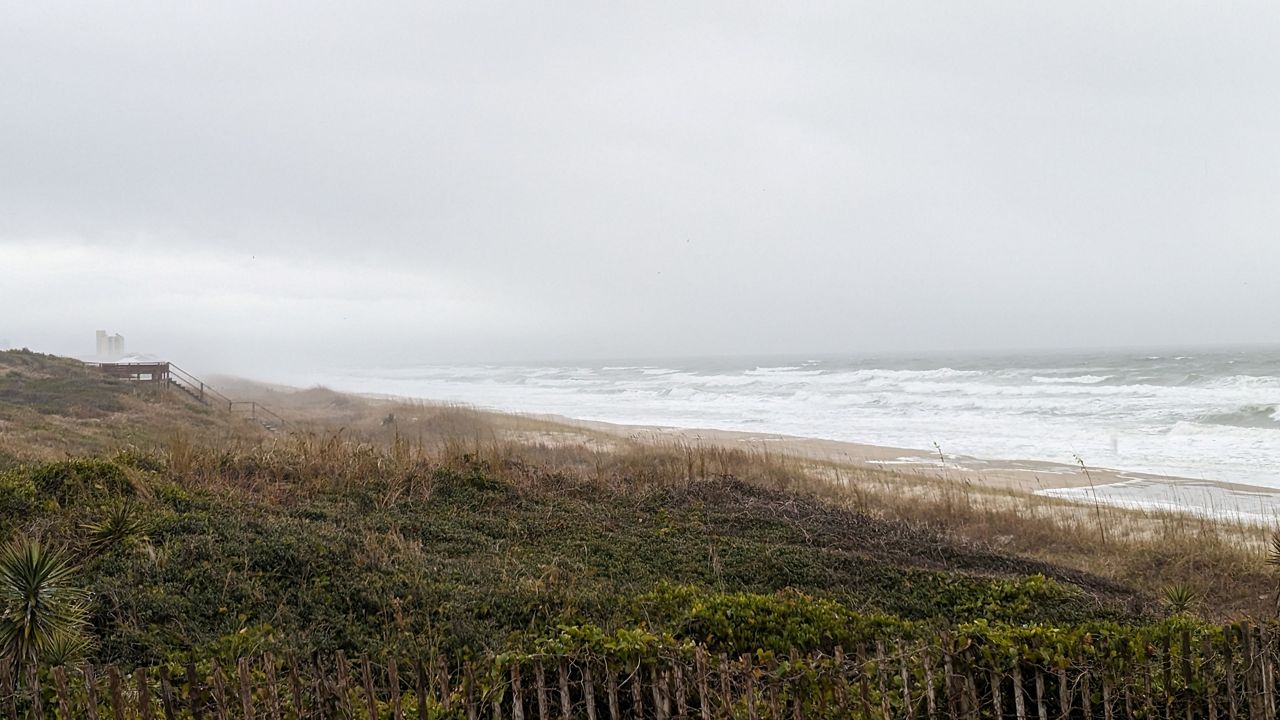CHAPEL HILL, N.C. — The University of North Carolina at Chapel Hill is the first public university, making the Tar Heel state the nation's birthplace for higher education.
UNC-Chapel Hill became the nation’s first public university in 1795
The Old Well was used as a functioning well for students and staff on campus
Sister buildings Old East and Old West are where the university gets its colors
The school was chartered in 1789, and construction began on the first building, Old East, on October 12, 1793. The University welcomed its first student in 1795.
University Archivist Nicholas Graham helps to paint the picture of what campus looked like then. Chapel Hill, the town, did not exist like it does today.
"Surrounding [Old East] would have been nothing but woods, there would have been a rough road over where the Carolina Inn [is] and that was it," Graham said.
One of the earliest maps of campus is a drawing by a student in 1799 of Old East.
UNC Visitors Center Manager Spencer Anderson said in this building, and its sister building Old West, is where the University gets its colors.
"The students petitioned the University to start debate societies here, so they started two. They started the Dialectic Society and the Philanthropic Society," Anderson said. "All of the students would go to these debates when they would hold them, and when you would show up you would wear a ribbon on your shirt to mark what society you are a part of."
Anderson says the Philanthropic Society would wear white and the Dialectic Society would wear blue ribbons. The colors stuck when the university needed to pick school colors for athletic teams.
"It's not baby blue, or eggshell blue, or powder blue, or sky blue. It's Carolina blue, and it's as much a symbol of the University as things like the Old Well or the Bell Tower," Anderson said.
After the 1890s, the University started transitioning into the big research center it is today, becoming passionate about public service.
UNC-Chapel Hill started admitting white women in the 1890s, and the first African-American students in 1951.






)


